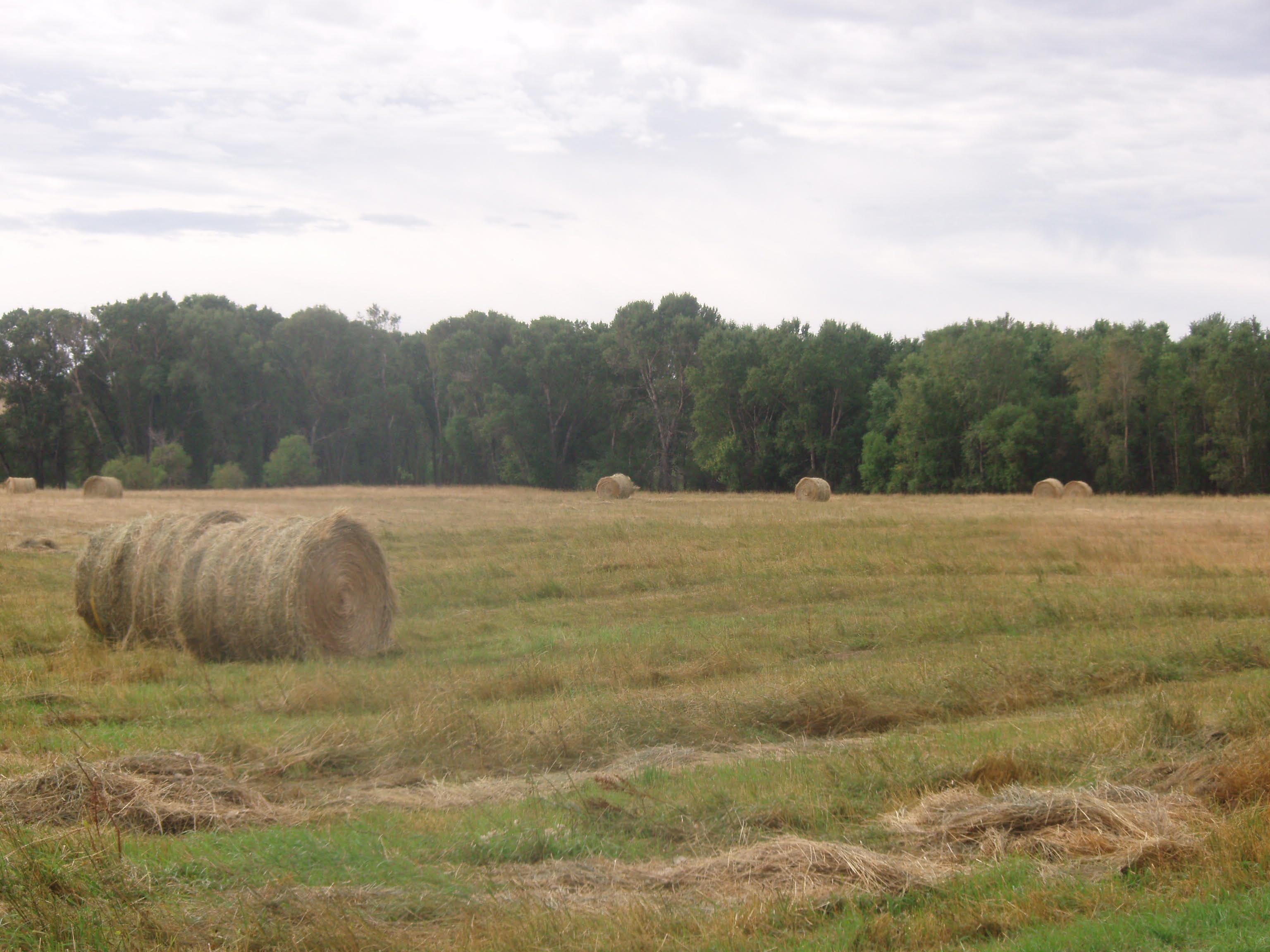
Agricultural News
OSU's Derrell Peel on the Business of Cow- Calf Producers- Selling Their Forage Through Their Calves
Mon, 28 Mar 2016 13:28:15 CDT
 Mondays, Dr. Derrell Peel, Oklahoma State University Extension Livestock Marketing Specialist, offers his economic analysis of the beef cattle industry. This analysis is a part of the weekly series known as the "Cow Calf Corner" published electronically by Dr. Peel and Dr. Glenn Selk. Today, Dr. Peel looks at the business that cow calf producers are really in- raising and selling their forage through their calves.
Mondays, Dr. Derrell Peel, Oklahoma State University Extension Livestock Marketing Specialist, offers his economic analysis of the beef cattle industry. This analysis is a part of the weekly series known as the "Cow Calf Corner" published electronically by Dr. Peel and Dr. Glenn Selk. Today, Dr. Peel looks at the business that cow calf producers are really in- raising and selling their forage through their calves.
"The economic basis for cow-calf production is growing grass and using cows to harvest the grass. Feed costs are typically the largest component of annual cow costs in cow-calf operations. Total feed cost includes grazing cost, harvested forage and purchased supplemental feed. Producers can minimize annual feed costs by managing for maximum grazing; with minimal use of hay and supplemental feed to seasonally overcome lack of forage quantity and/or quality. Oklahoma data shows that hay production per beef cow has increased over time, more than doubling over the past 30 years. It appears that hay feeding periods have been extended and improper hay storage and feeding has increased hay waste. In many cases it is feasible to reduce annual cow costs by at least $100-$150/cow with a combination of better grazing management and reduced hay use.
"Minimize hay use. Planning grazing management now for the growing season and beyond can significantly influence hay needs next winter. Summer grazing management will set up the potential for stockpiling forage for fall and winter grazing. For introduced forages, strategic fertilization can be used to increase forage quantity and quality beyond the growing season. Grazing of native range can be deferred to save forage for later use. Of course, grazing management must be planned and implemented according to the wide range of forage types as well as climate and soil conditions that exist across Oklahoma. In all cases, proper stocking rates are critical to achieve grazing management objectives. It is important to assess forage condition and production potential in order to develop realistic grazing management plans. The assessment should be completed now, i.e. prior to or at the beginning of the growing season.
"Hay production, storage and feeding. If you are producing hay, emphasize quality over quantity by harvesting forage at optimal quality. Test hay to know what you are producing. Low quality hay is more expensive to produce and less valuable to use. Store hay properly to minimize waste. Round bales, in particular are challenging to store properly. Hay should be stored off the ground in well-drained areas, covered or stacked to ensure water shedding and drainage. Damage to the outer 6 inches of a round bale represents roughly one-third of the total dry matter of the bale. Consider the risk of fire losses when deciding the location and volume of hay storage sites. Hay feeding should be based on the animals' nutritional needs at any point in time. Feed the amount to ensure animals meet nutritional needs and manage feeding to minimize waste. Hay feeding waste can be significantly reduced by rolling out round bales or using hay feeders designed to reduce feeding losses along with changing feeding sites frequently to avoid mud.
"Buying versus producing hay. Many cow-calf operations cannot justify the investment in haying equipment based on their internal hay requirements. Better grazing management and using less but higher quality hay can further reduce hay needs to the point where producers should evaluate the economics of using custom harvest of their own hay or buying the hay they need. If hay is purchased, it is critical to know what and how much you are buying. Hay should be weighed in order to know the actual cost per ton. Round bales come in various sizes and more importantly, vary considerably in density. A 5x5 bale expected to weigh 1,100 pounds may vary from 935 pounds to 1210 pounds depending on bale density (http://agrilifecdn.tamu.edu/beefinfo/files/2014/01/beef-bale-weight.pdf). This means that hay priced at $50/bale could vary in cost from $83 to $107 per ton. Hay should be quality tested to determine nutrient composition. Supplemental hay or other feeds should be used to meet specific protein and/or energy needs; and hay as well as other supplemental feed sources should be evaluated to determine the least cost manner to meet the nutrient needs of cattle at each stage of production. "Bargain" hay (whether purchased or produced!) is, in fact, often a very expensive source of protein and/or energy. It is also important to know the origin of purchased hay and to make sure that the hay will not be the source of unwanted pests on your property. This could include a variety of common weeds or invasive species of plants or animals (e.g. fire ants). More information on grazing and hay management is available at the OSU Master Cattleman website."
WebReadyTM Powered by WireReady® NSI
Top Agricultural News
More Headlines...





